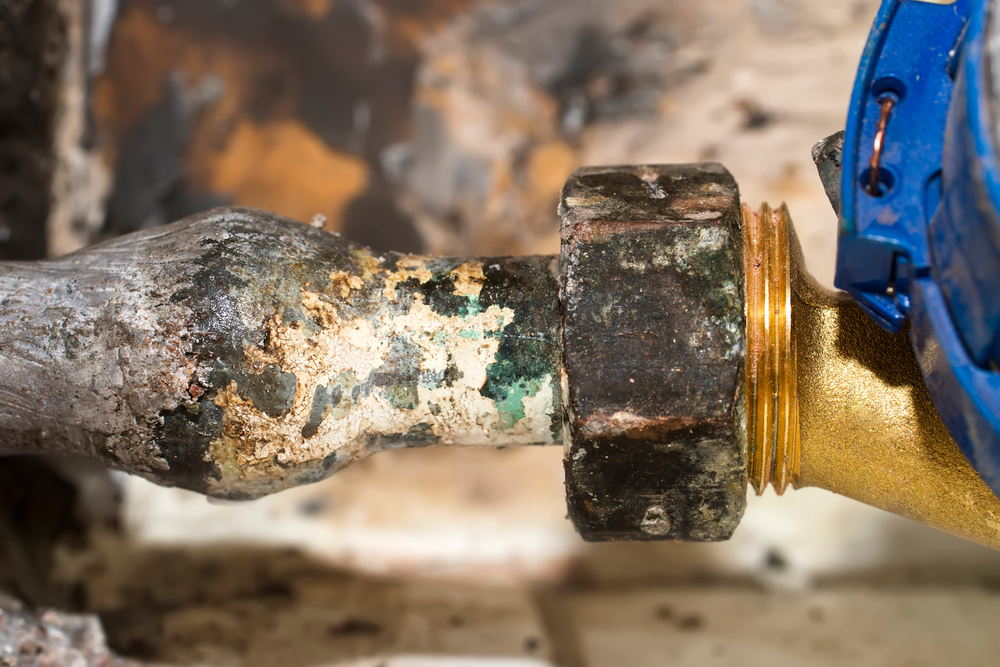
As the government considers nationalising Thames Water, a New Statesman Spotlight investigation reveals that UK water companies are yet to replace more than three million toxic lead pipes in their networks.
According to the Environmental Information Regulations (EIR) requests filed by Spotlight, in the past five years just 130,308 lead pipes have been replaced by water companies. The length of lead pipes varies depends on the distance of the home to the mains, but the standard diameter is 25 millimetres. The three million figure is almost certainly an underestimate, with seven companies unable to provide a figure on the amount of outstanding lead in their systems.



